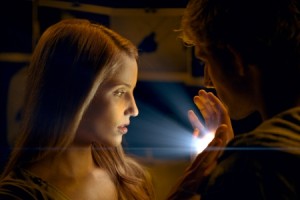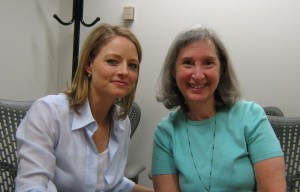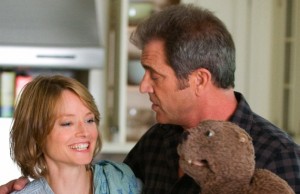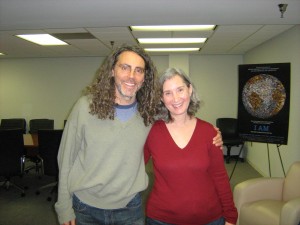Interview: Dianna Agron of ‘I Am Number Four’ and ‘Glee’
Posted on May 22, 2011 at 1:50 pm
Disney shared this interview with Dianna Agron of I Am Number Four, out May 24 on DVD and Blu-Ray.
Was it fun to leave the Glee gang behind for some big-screen action with your new movie, I Am Number Four?
It was a lot of fun to try something new, but I knew I was going back to Glee after we finished filming I Am Number Four. It was only a brief change for me, but it was great to step into a whole new world.
When did you discover that you clicked so well with your co-star, Alex Pettyfer?
When I was cast on I Am Number Four, I hadn’t met Alex. I had dinner with the movie’s director, D.J. Caruso, a couple of nights before our first table read with the big studio executives and that’s when D.J. said to me, “Perhaps you should meet Alex before the table read?” I thought that was a really good idea. 
Alex has described you as an actress with an old-school movie star quality. How does that make you feel?
That’s very nice of him. It’s pretty hard to accept that compliment because I grew up watching and loving old-school actresses like Audrey Hepburn, Sophia Loren and Katharine Hepburn. They were always effortless to watch, but I’m growing and trying to challenge myself to get to that place. If I do get to where they are it would be amazing. That’s my goal.
Your character in the new movie is very romantic. Are you similar in real life?
I think so. I really love the character of Sarah because there are a lot of similarities to how I was at school. Sarah loves photography, and so do I. I really started to get into it at school. I have about 10 cameras now and they all have different purposes.
What else do you like to get up to in your spare time?
I love cooking. In fact, my favorite thing to do on a weekend is to have friends over and cook dinner. We’ll sit around, talk and play board games. I love doing things like that, although I also love to be outside and travel. I have such wanderlust. I try to go somewhere new for every vacation and there are so many places that I have yet to visit.
Are you into Twitter and the internet?
Computers are not a huge part of my life. I write, so I use a computer daily for that – but I’m not a big web surfer. I surf the internet every now and then, but it’s not like a two-hour a day, three-hour a day obsession of mine.
Are you a fan of fashion?
I love clothes. I like all the classic designers, but then I also love new, youthful and creative styles. I love it all.
How would you describe your personal sense of style?
It’s very eclectic. When I go to award shows and things like that, I think it’s okay to take risks – but I don’t like to go too crazy with it. On a day-to-day basis, I love vintage clothes, but I also love dressing however I feel that day. One day, I might want to dress like a boy. Another day I might want to put on a pretty, vintage, girly teacup dress. I think you can express so much of yourself through the way you dress and I am very much a girl in that sense.
What kind of girl were you at school?
At school, I was a nerd in some ways and pretty average in other ways. I was always the nice girl, so I had friends in many different areas. That worked well for me.
Did you enjoy school?
I loved school. That doesn’t mean I never fell asleep in a class, but it interested me and at the same time, I knew where I wanted to end up. Towards the end of school I was always thinking, ‘Oh, I’m so close to being able to move out of the house and go to the next step.’ But you have to try and enjoy everything you can while you’re there because you’re never going to have that lack of responsibility again. At school, you don’t have to pay bills and you don’t have to think about things like that. You can just be a kid.
Did you fall in love at school?
I think love is pretty non-existent in high school. I was busy, so I didn’t care. I had one boyfriend and he cheated on me, so I gave up hope for a while and I just focused on everything else.
Wait a minute… He cheated on you?
It’s never good to find out that your boyfriend is cheating on you with the girl in his Math class and then you have to look at them walking down the hallway every day. I just focused on my friends instead.
So what do you look for in a guy?
I look for people that are open and honest. Those are the kind of people that I want to be close to in my life because it’s never fun to wear a mask.







